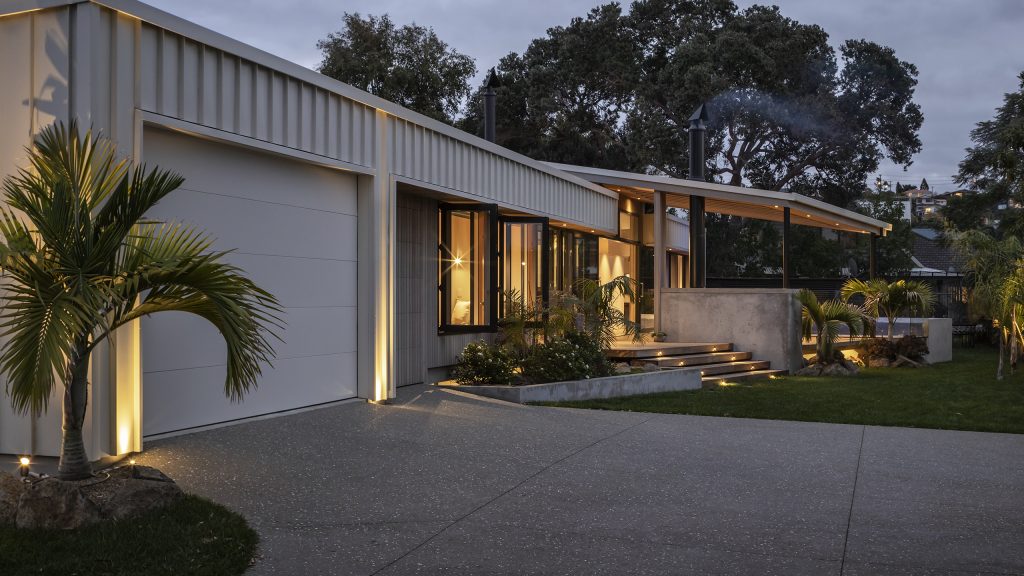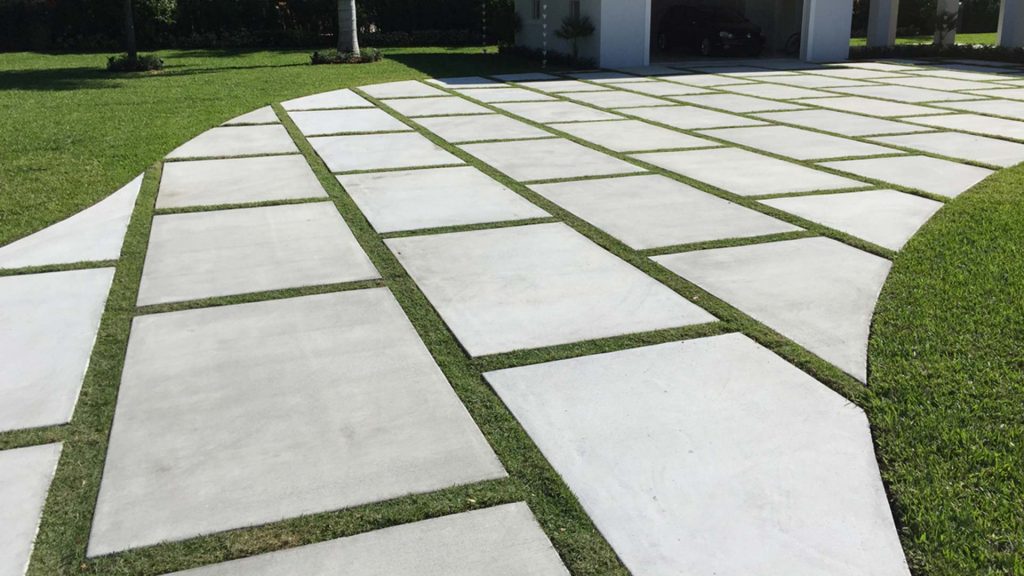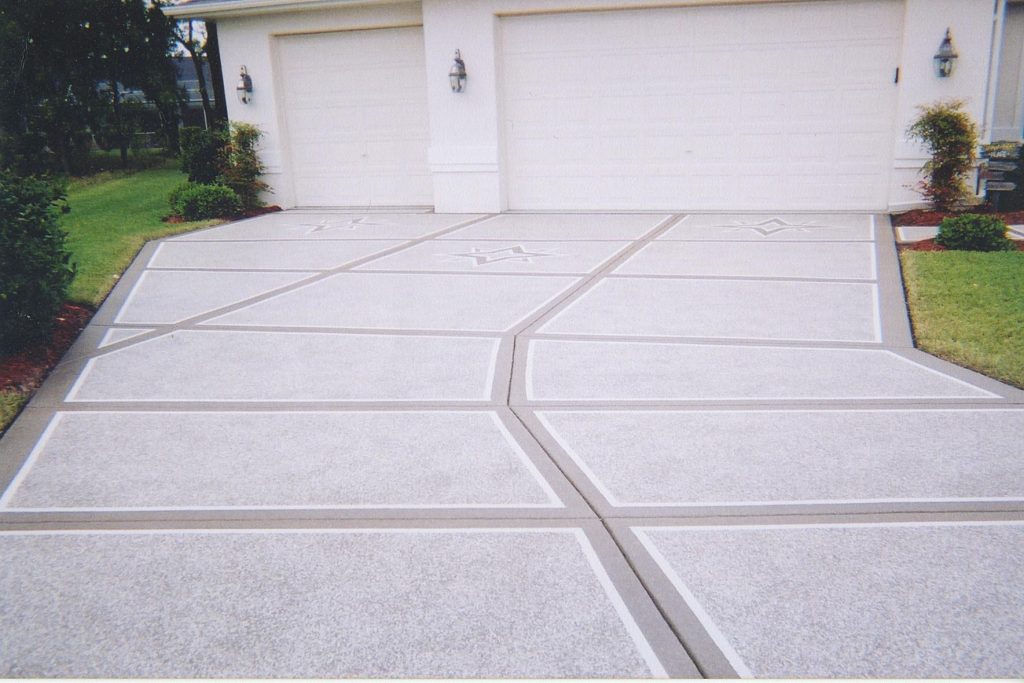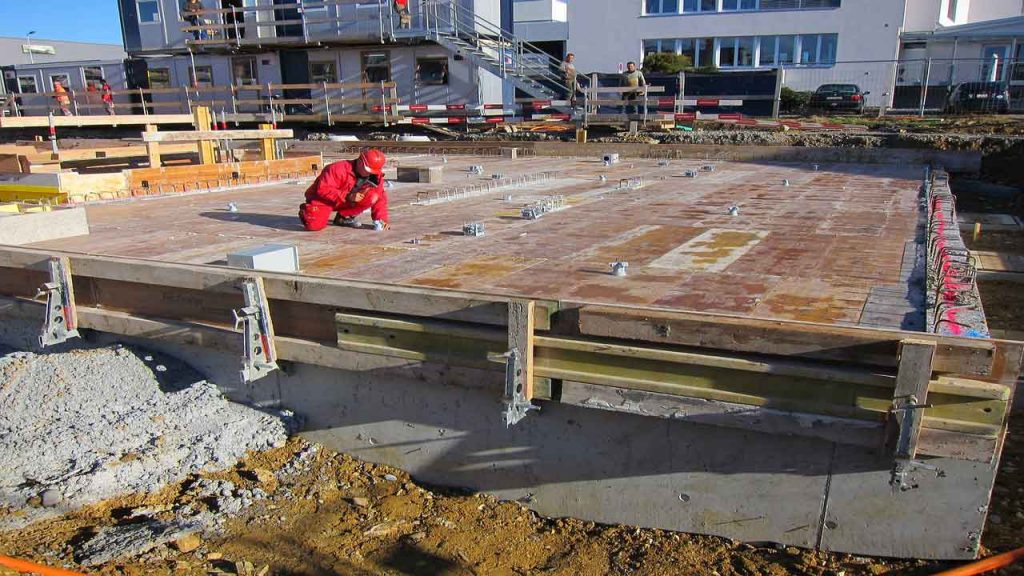Concrete is a mixture of cement, sand, water, and crushed rocks. This makes it the most used man-made mixed material for structures such as roads, buildings, bridges, dams, and many more. Concrete has been favored by man as the only material for driveway surface. Concrete driveways are very important in our homes as we can park vehicles and reduce the risks of parking them along the roadside. Click here for more driveways guide.
How to Build a Concrete Driveway
To have a good concrete driveway you have to start smart and somewhere. If you don’t have ideas then you can use the following tricks;
1. Check for Underground utilities
This helps in finding out if there are any underground lines or cables that can prevent excavation and construction plans. This will give you time to have any underground lines to be moved and pave way for the construction of your concrete driveway.
2. Always Keep the Boundaries in Mind
The boundary of your land is very important, know your property, land blueprints, and if possible mark them out. This will help in getting the right measurement of your soon to be the concrete driveway.
3. Topsoil
Level out the construction site by excavating the topsoil. Approximately, level out around 250mm down from the level of the ground.
4. Wooden forms are Always a Good Idea
Get wooden forms to lay them along the projected area where the concrete driveway should be created. The concrete that will be poured might spill outside and the wooden forms will be there to prevent it.

5. Do Not Forget the Sand
The base needs to be added with fillers like sand and then add a thin layer of gravel to have a thick concrete driveway base of about 4 to 10 inches also consider the soil condition when doing so. Compact the gravel and soil and dampen the place once more.
6. Reinforcement is Key in Concrete Driveways
This is the critical stage where you strengthen your driveway. Reinforce the foundation with mesh to cover the surface. Pour concrete depending on the project scope across the projected area and spread evenly. When the concrete is poured, curing follows.
Remember the curing is supposed to take a long time, this makes the concrete stronger. You can let this process take 4 to 14 days depending on the specification of the application.
Use tools your tools to smoothen and levels the concrete. It is recommended to use a broom to avoid the slippage of the driveway incases of rain. Secure the concrete by watering it daily or use a dedicated sealant. This gives it strength and makes it hard.
Corrosion may occur due to exposure to moisture, to avoid this always make the concrete to be less permeable by lowering the cement water ration. Aggregate uniformity gradation and density then apply the mixtures.
7. Maintenance of Concrete Driveways
Concrete driveways need maintenance from time to time. This can be done by sealing it once or twice a year. Scrubbing it from time to time also gives it longevity. Maintenance starts from the time of installation, if the driveway was not installed properly then it can give you a hard time. One of the biggest secrets about concrete driveways is for it to be cured not dried.
Conclusion
Concrete is highly durable, these will depend on its maintenance and the way it was installed. This will stand the heaviest vehicles that are likely to drive.








